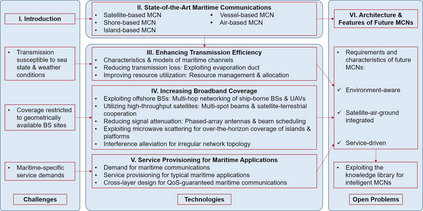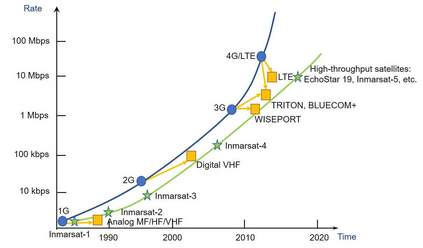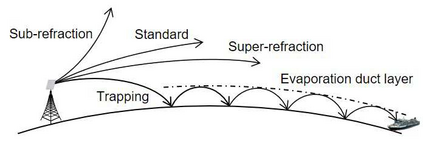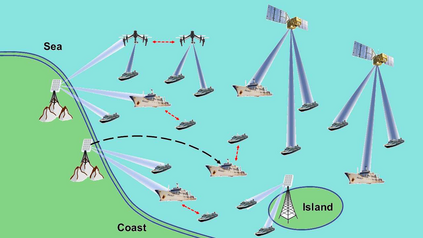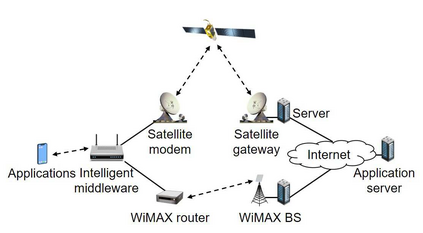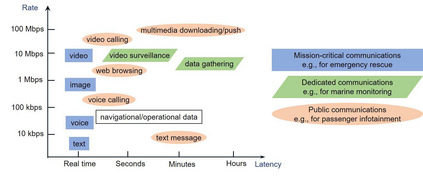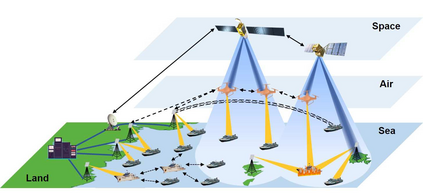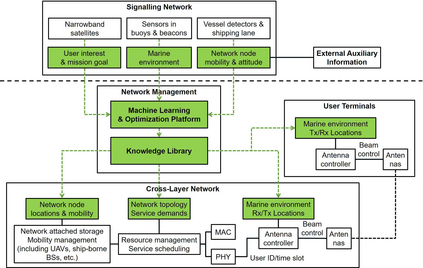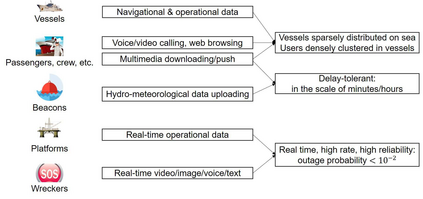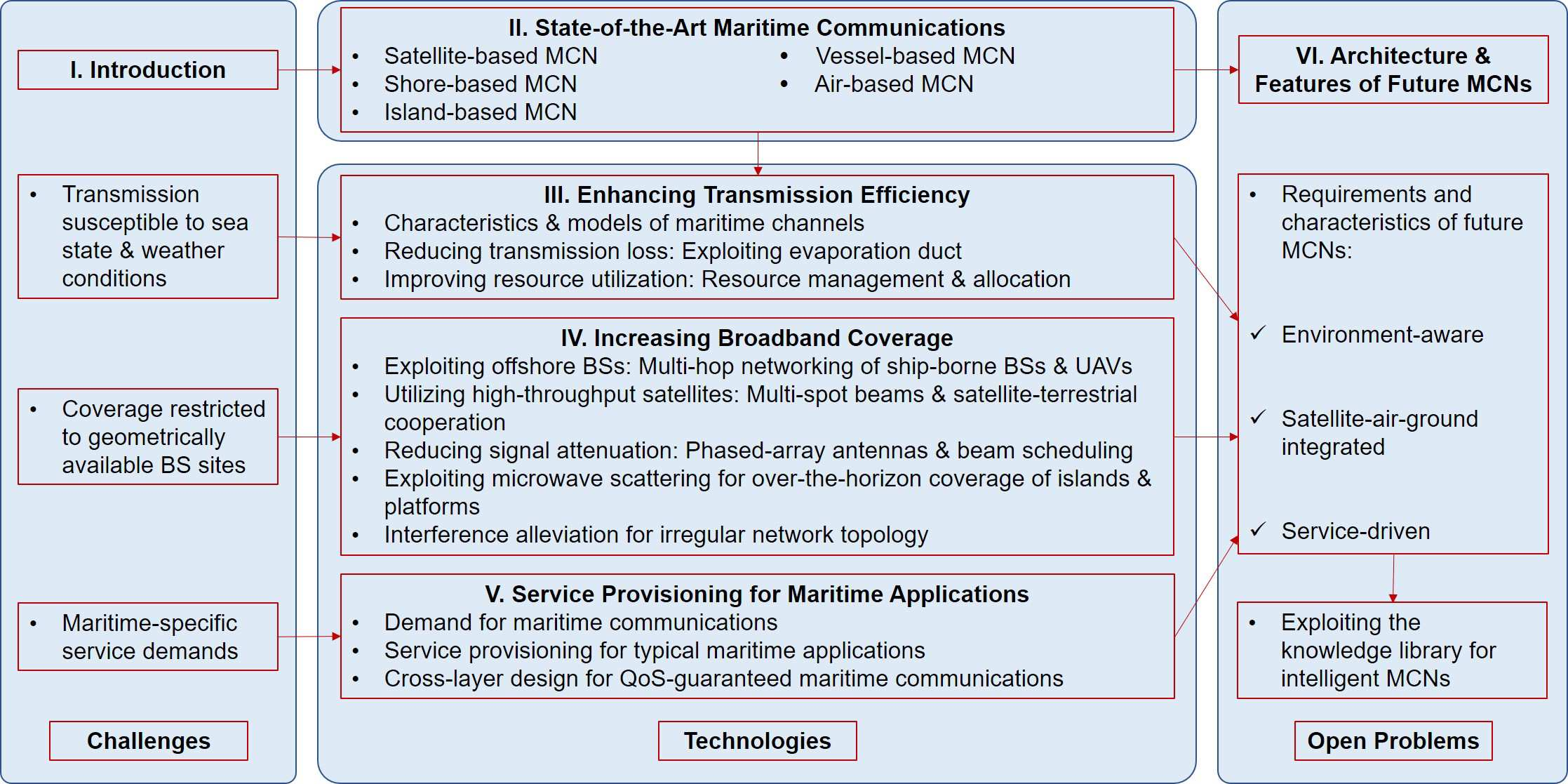With the rapid development of marine activities, there has been an increasing number of maritime mobile terminals, as well as a growing demand for high-speed and ultra-reliable maritime communications to keep them connected. Traditionally, the maritime Internet of Things (IoT) is enabled by maritime satellites. However, satellites are seriously restricted by their high latency and relatively low data rate. As an alternative, shore & island-based base stations (BSs) can be built to extend the coverage of terrestrial networks using fourth-generation (4G), fifth-generation (5G), and beyond 5G services. Unmanned aerial vehicles can also be exploited to serve as aerial maritime BSs. Despite of all these approaches, there are still open issues for an efficient maritime communication network (MCN). For example, due to the complicated electromagnetic propagation environment, the limited geometrically available BS sites, and rigorous service demands from mission-critical applications, conventional communication and networking theories and methods should be tailored for maritime scenarios. Towards this end, we provide a survey on the demand for maritime communications, the state-of-the-art MCNs, and key technologies for enhancing transmission efficiency, extending network coverage, and provisioning maritime-specific services. Future challenges in developing an environment-aware, service-driven, and integrated satellite-air-ground MCN to be smart enough to utilize external auxiliary information, e.g., sea state and atmosphere conditions, are also discussed.
翻译:随着海洋活动的迅速发展,海洋移动终端数量不断增加,对高速和超可靠海上通信的需求也不断增加,以保持这些通信的连接。传统上,海洋物质互联网(IoT)是由海洋卫星促成的。然而,卫星受到高度隐蔽和相对较低的数据率的严重限制。作为替代办法,可以建造海岸和岛屿基地站,以扩大地面网络的覆盖面,利用第四代(4G)、第五代(5G)和超过5G的服务。无人驾驶航空飞行器也可以被用来充当空中海上BS。尽管采取了所有这些办法,但高效海洋通信网络(MCN)仍然存在一些尚未解决的问题。例如,由于电磁通信环境复杂,现有BS站的地理测量有限,以及任务关键应用、传统通信和网络理论及方法的严格服务需求,应当适合海洋情况。为此,我们还对海洋通信的需求、最先进的MCN条件以及未来航空服务方面的关键性技术进行了调查。在提高海上信息传输效率方面,将遥感网络的覆盖面和智能化服务扩展到了海运。

